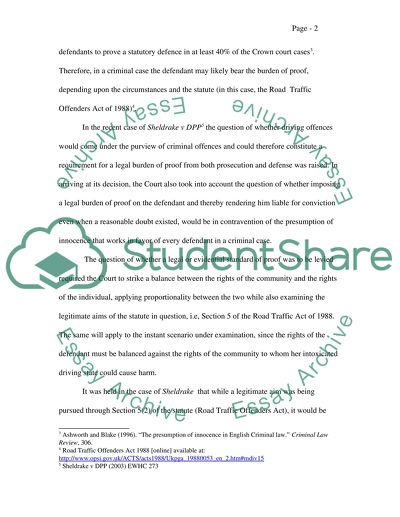Cite this document
(“Law of Evidence Essay Example | Topics and Well Written Essays - 2500 words - 1”, n.d.)
Retrieved from https://studentshare.org/miscellaneous/1538804-law-of-evidence
Retrieved from https://studentshare.org/miscellaneous/1538804-law-of-evidence
(Law of Evidence Essay Example | Topics and Well Written Essays - 2500 Words - 1)
https://studentshare.org/miscellaneous/1538804-law-of-evidence.
https://studentshare.org/miscellaneous/1538804-law-of-evidence.
“Law of Evidence Essay Example | Topics and Well Written Essays - 2500 Words - 1”, n.d. https://studentshare.org/miscellaneous/1538804-law-of-evidence.


